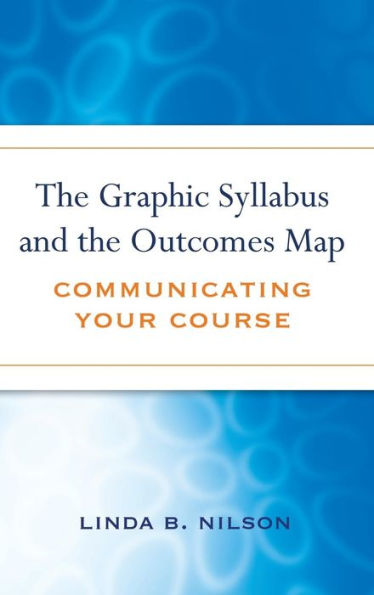5
1
9780470180853


The Graphic Syllabus and the Outcomes Map: Communicating Your Course / Edition 1 available in Hardcover

The Graphic Syllabus and the Outcomes Map: Communicating Your Course / Edition 1
- ISBN-10:
- 0470180854
- ISBN-13:
- 9780470180853
- Pub. Date:
- 10/12/2007
- Publisher:
- Wiley
44.0
In Stock

Product Details
| ISBN-13: | 9780470180853 |
|---|---|
| Publisher: | Wiley |
| Publication date: | 10/12/2007 |
| Series: | JB - Anker , #117 |
| Pages: | 208 |
| Product dimensions: | 6.25(w) x 9.30(h) x 0.62(d) |
About the Author
What People are Saying About This
From the B&N Reads Blog
